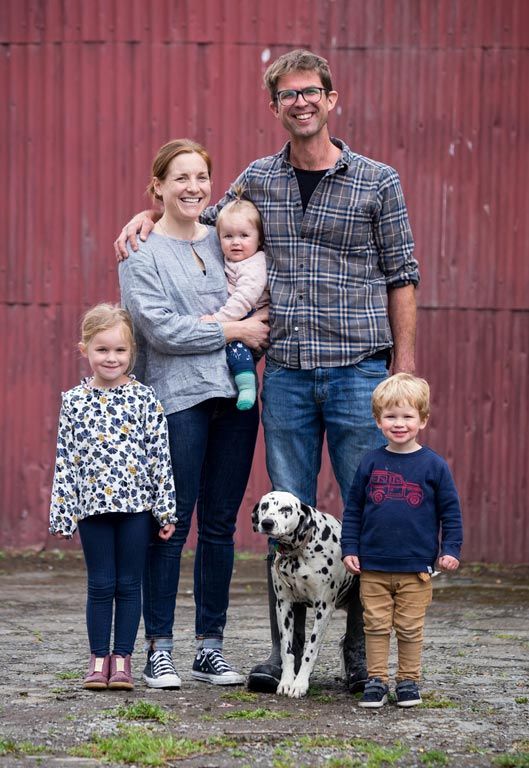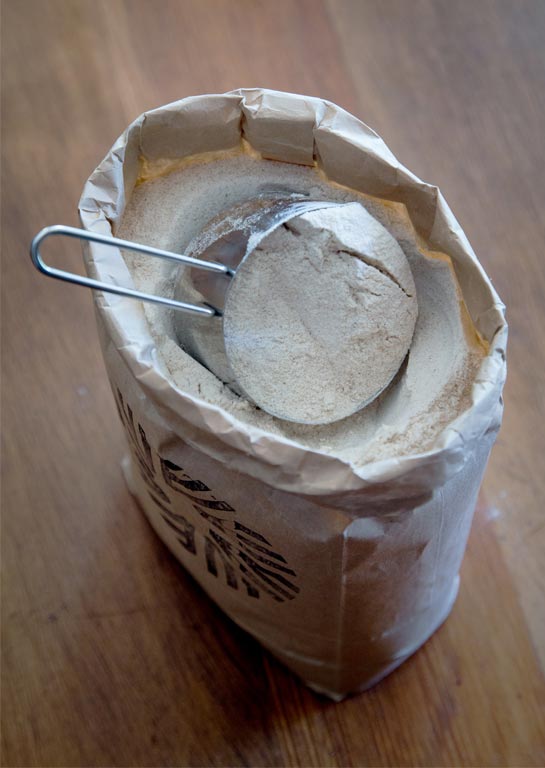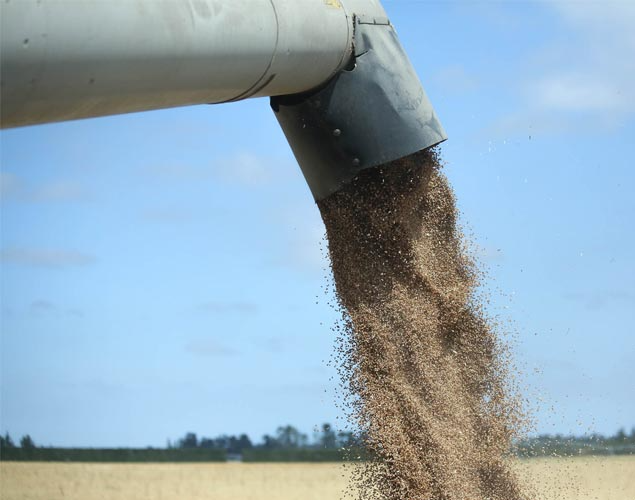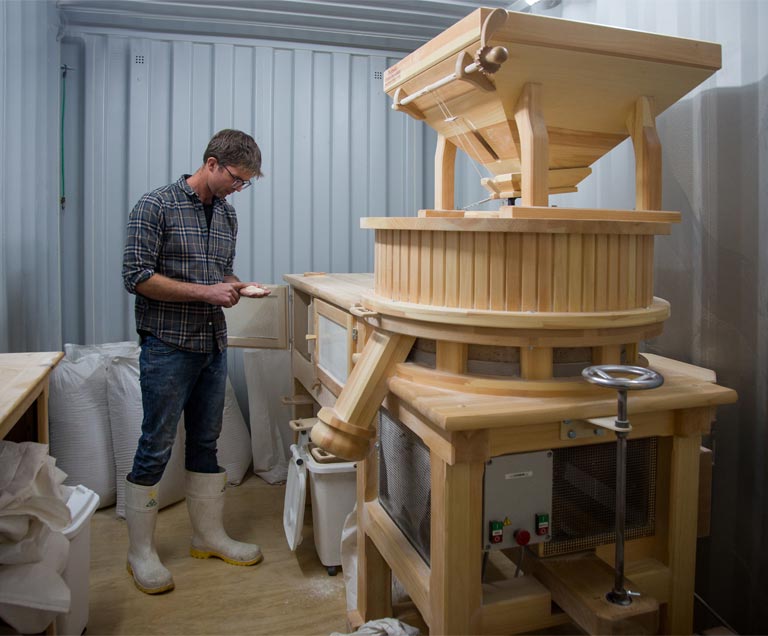Launching a new business in the middle of a global pandemic might not make good business sense to some. But for Marty and Georgina Skurr it was just the incentive they needed to launch their own on-farm flour mill, Minchins Milling.
The Skurr family have farmed Riverview Farm on the south bank of the Waimakariri River for close to a century. Marty, the fourth generation on the land, had always intended to go farming. After finishing school, he went to Lincoln University before spending time working locally and overseas, before returning to the farm full-time in 2013.
With the advent of irrigation through Central Plains Water (CPW) scheme, the Skurrs were able to scale up their cropping operation growing a range of crops on the 195-hectare home block. That includes ryegrass, wheat, clover, radish, hybrid carrot seed, as well as process peas, which they run in tandem with around 2,500 store lambs.
Each year Marty was putting in between 40–60 hectares of wheat. About five years ago a chance meeting with internationally renowned baker Dan Cruden, of The Real Bread Project fame, got him thinking. At the time Dan was working as the head baker for Amano in Auckland’s Britomart complex, one of the few bakeries in the country to have its own on-site flour mill. They kept in touch.
‘I was looking for a way to add value and was keen to try some alternative crops. I wanted that connection to the consumer,’ Marty explains. ‘When you grow something like milling wheat, it’s harvested, put into a truck, then on-sold and disappears, so it could end up in someone’s flour in bread in Christchurch or somewhere overseas, we don’t know. There are so many rules and regulations placed on farmers these days that I wanted something that I could turn into a positive, showing people why we do things on farm, so they have a better understanding of where their food comes from.’
Initially he tried growing spelt, an ancient grain that’s closely related to wheat that’s been cultivated since 5000 BC, but he didn’t get the best yields. ‘With our farming system it was a lot of work. It ended up being cost-prohibitive for people to buy it.’
So, Marty went back to the drawing board. After much deliberation, he decided the future was in milling.
By this stage, Dan had gone out on his own and established The Real Bread Project in Helensville. He was keen to keep using stoneground flour, so they joined forces, with Marty importing two stone mills from Austria. Dan entered an agreement to use Marty’s grain, and also trained him how to use the mill.
Their original plan was to import about a dozen mills and put them in small to medium bakeries and have a grain agreement back to Riverview Farm, but a few issues with the mill in Auckland highlighted a number of flaws in their plan. ‘I realised it was probably easier to do it at home with a lot more control of the whole process,’ says Marty.
Getting the flour mill running was a major undertaking in itself. In the end, he says the most cost-effective way for them to get a food-grade building was to re-fit a brand new shipping container in the corner of an existing shed. With the mill installed, it was just a case of finding time to launch the new business, and with the birth of their third child, Phoebe, last December and a busy farm to run, time started ticking by.
But as the nation scrambled to buy flour when New Zealand was plunged into lockdown due to COVID-19, Marty knew it was now or never. During the COVID-19 lockdown Google reported a tenfold increase in online searches for ‘flour’, while store shelves sat empty.
‘Lockdown was the kick in the pants we needed to get it up and running,’ he says. ‘We thought crikey, we have to do something. We always had a website, but it gave us the impetus to start pushing the online site. Luckily we had a friend that could do the work.’ And within days, Minchins Milling was selling its products to people.
Marty says stone milling is nothing new. It dates back to Egyptian times. Modern stone mills don’t differ too much from their ancient predecessors. The only real difference is that today’s stones are made from a finely-engineered composite material which requires less maintenance and its motion is electricity-driven rather than by water, wind or animal power.
What sets Minchins Milling’s stoneground flour apart from conventional flour is its high extraction rate. Stone milling is a slow gentle process which allows them to keep more of the wheat’s key nutrients in the flour, he explains.
‘It’s quite different to bake with as it’s not as refined. I haven’t had it tested but theoretically it will have more nutritional value in it because it contains more [wheat]germ, endosperm and bran, and is higher in natural fats and oils. It means the consumer is getting all the benefits of the other portions of grain which are usually taken out, while retaining its depth of flavour.’
Marty has the benefit of being on hand for every part of the process from cultivating to seeding, growing and harvesting, and finally milling. He knows exactly what goes into every single bag of flour that leaves the mill.
While Riverview Farm is run as a traditional cropping farm, he is always looking to improve soil health, minimise chemical inputs and increase sustainability. They aim to keep 12 months of grain on hand to safeguard their product in case of an adverse weather event.
Marty says their wheat quality is almost like a time capsule of what has happened in the paddock for that growing season. ‘The 2018/19 season produced some very strong high protein grain due to a very hot and dry spring and summer. Fast-forward 12 months and we had a long cold spring and summer which led to high yields but lower protein content.’
Their flour can also be slightly dryer than standard flour as unless it requires drying, it is exactly what comes off the harvester, whereas conventional flour has to be less than 15 per cent moisture. There will also be seasonal differences, he says. ‘It may perform differently with each season, but I can let people know that. That’s the beauty of having a single origin. I know exactly which paddock it’s come out of and I am in direct contact with our consumers.’
Minchins Milling currently has two milling varieties in the mill – high grade and spray-free all-purpose flour. The spray-free crop only had a pre-emergent herbicide spray applied.
The ‘Osttiroler’ mill that Marty is using was built by a family company which has been in the business for 80 years. It looks more like a piece of art than a flour mill. It has the capacity to handle 35–40 kg an hour for optimum flour quality.
He says the trick has been feeding the wheat slowly to get the right consistency. If you try to push it through too quickly, the quality suffers. But perfecting the process has all taken time. ‘There’s nothing glamorous about it. Everything is manual and it’s very labour intensive.’
Marty admits the whole exercise has been a huge learning curve. ‘The rest of the farm hasn’t had as much attention over the past 12 months as it should have. At the moment it’s terribly inefficient, but it’s a great way to test the waters before we look to ramp up without having to invest heavily.’
Marty has spent some time meeting and developing a community of local wholesalers, bakers and end-users across the country. But really it has come down to word of mouth and social media. He credits Dan Cruden for really putting them on the map. Dan makes all his products at The Real Bread Project of stoneground flour using their wheat, and also supplies other bakeries. ‘We’ve had some wonderful feedback from people using the product. It’s so rewarding when you get an email from someone saying how much they love it. That’s what keeps you going. Going forward it’s looking really exciting.’
Marty’s original goal was to add value to his milling wheat, putting 500 tonnes of grain through a mill annually. To make it worthwhile they’d need to do at least 10 tonnes a week. But given its early success, he’s already got his eyes on a bigger mill.
Recent stories
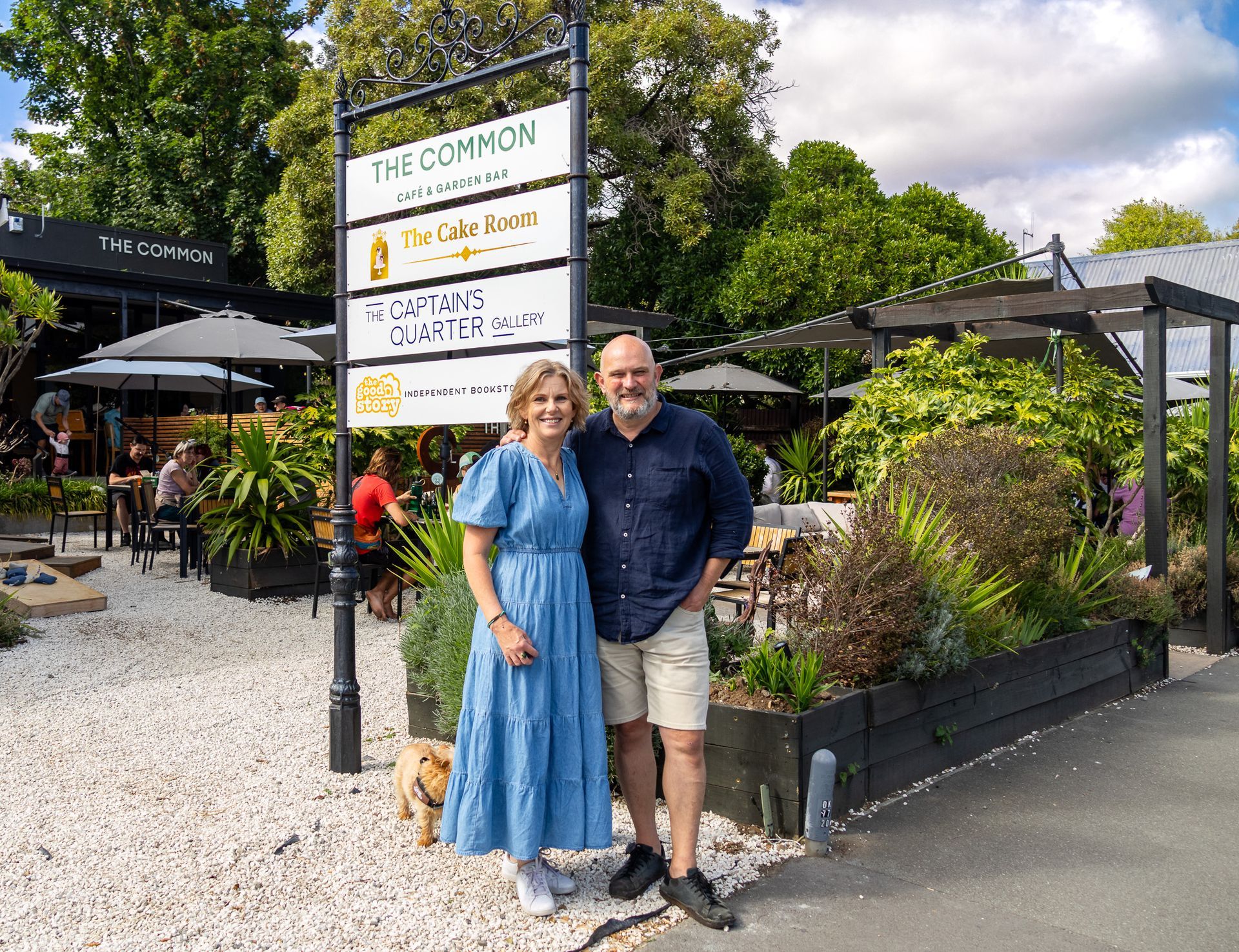
All Rights Reserved | CountryWide Media

